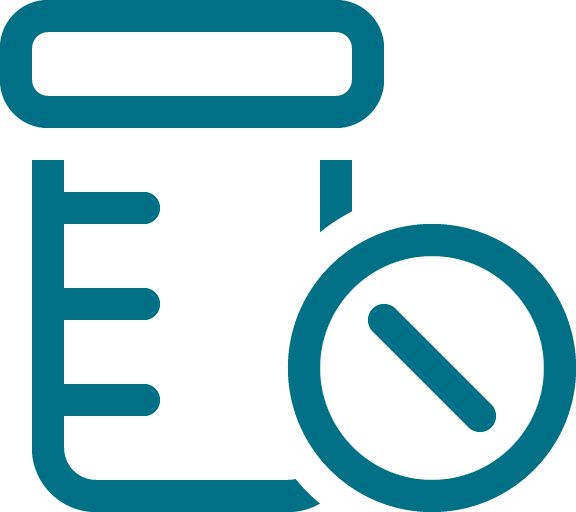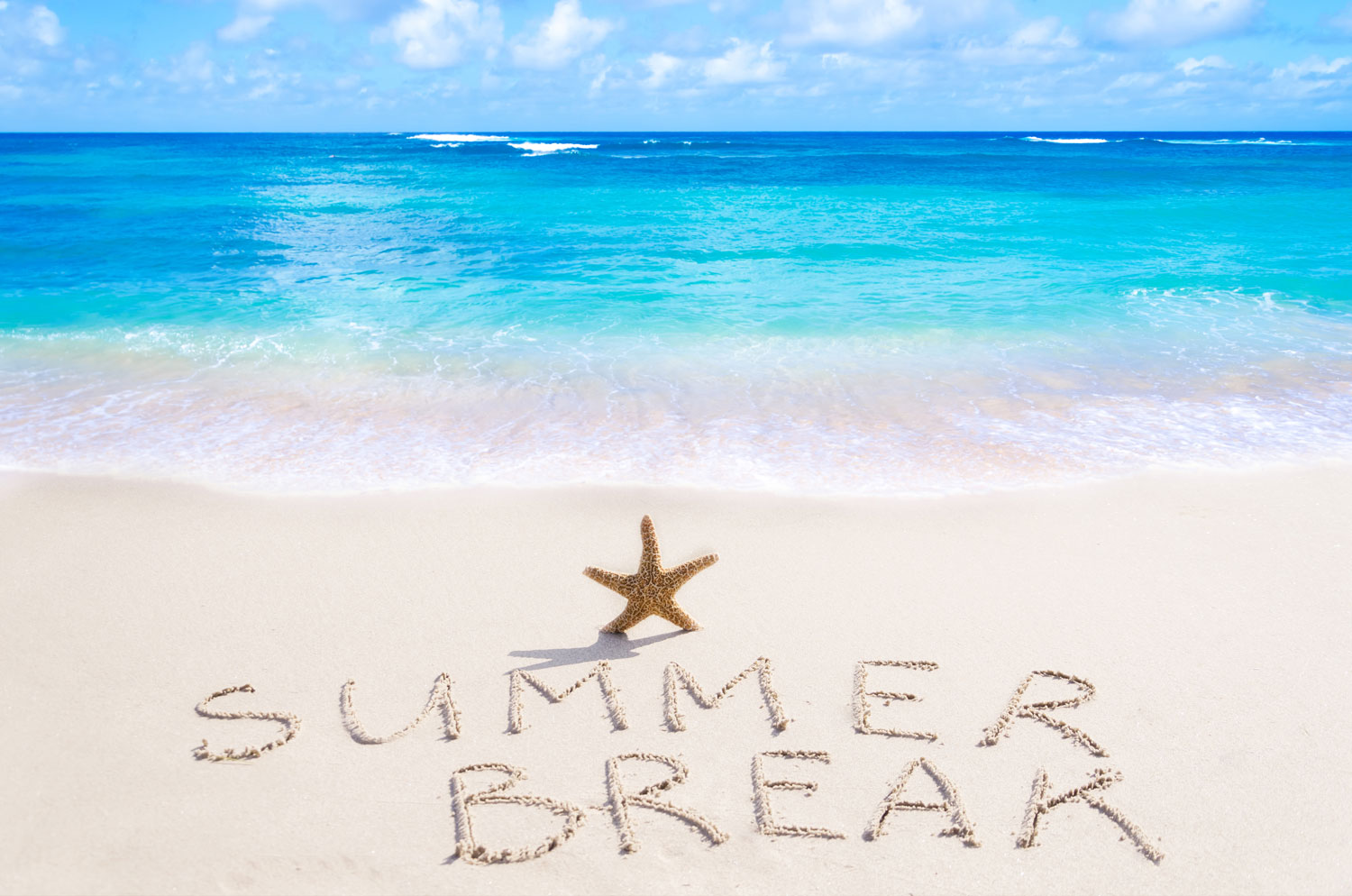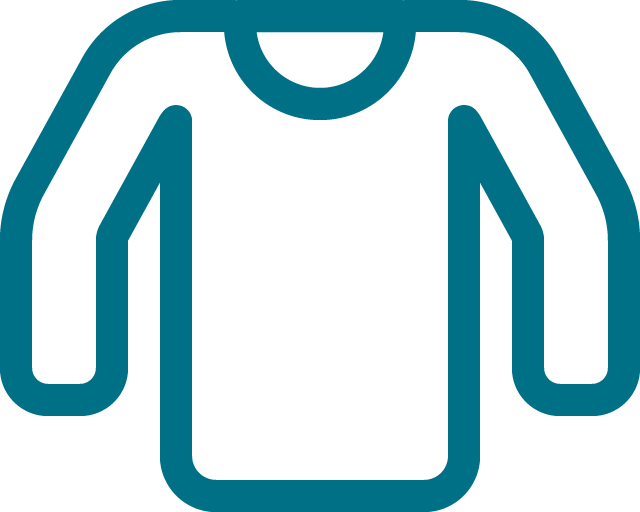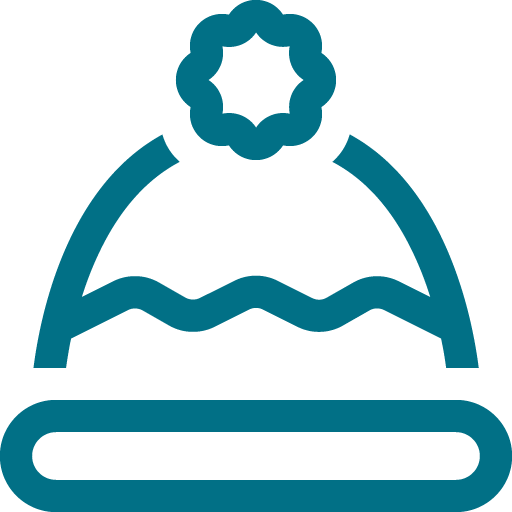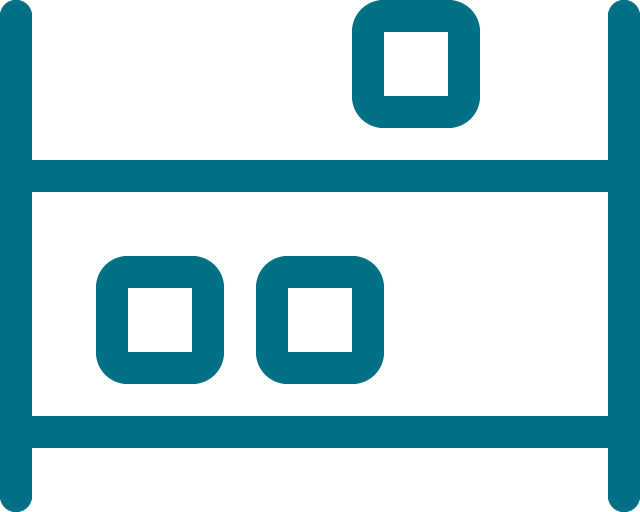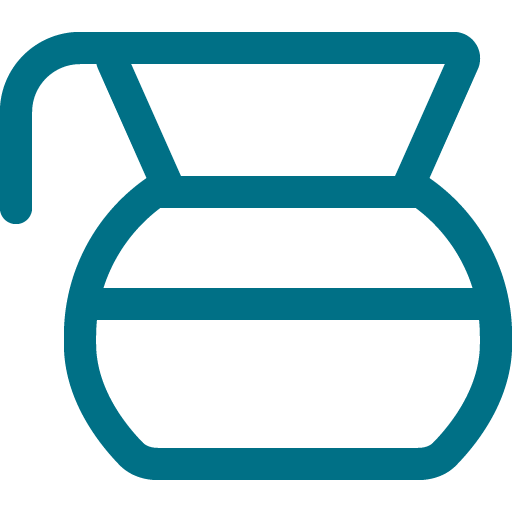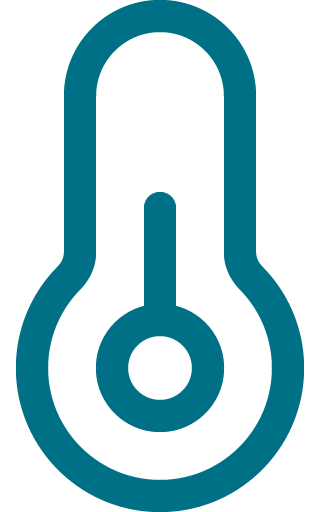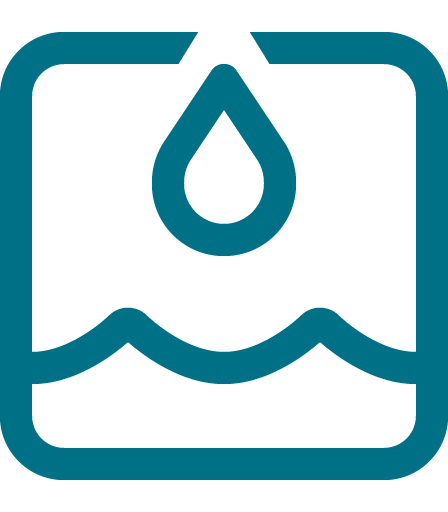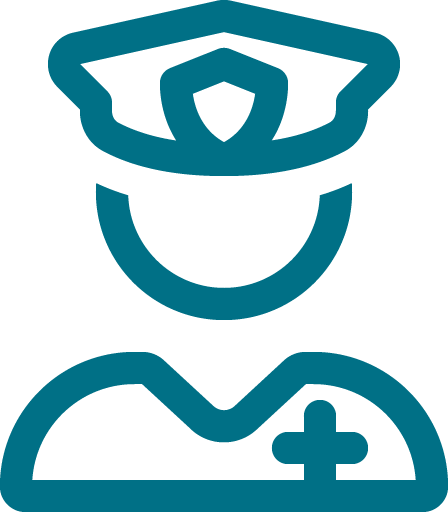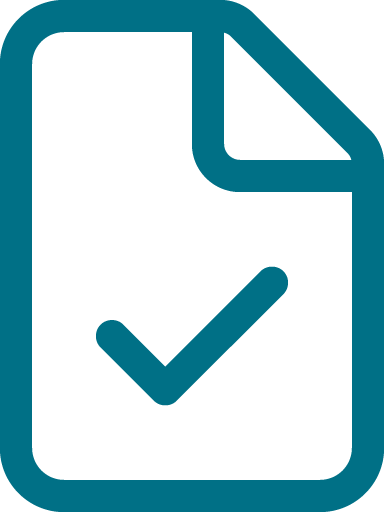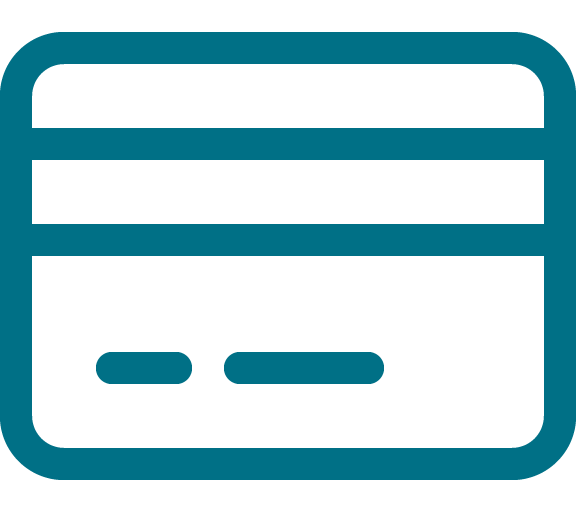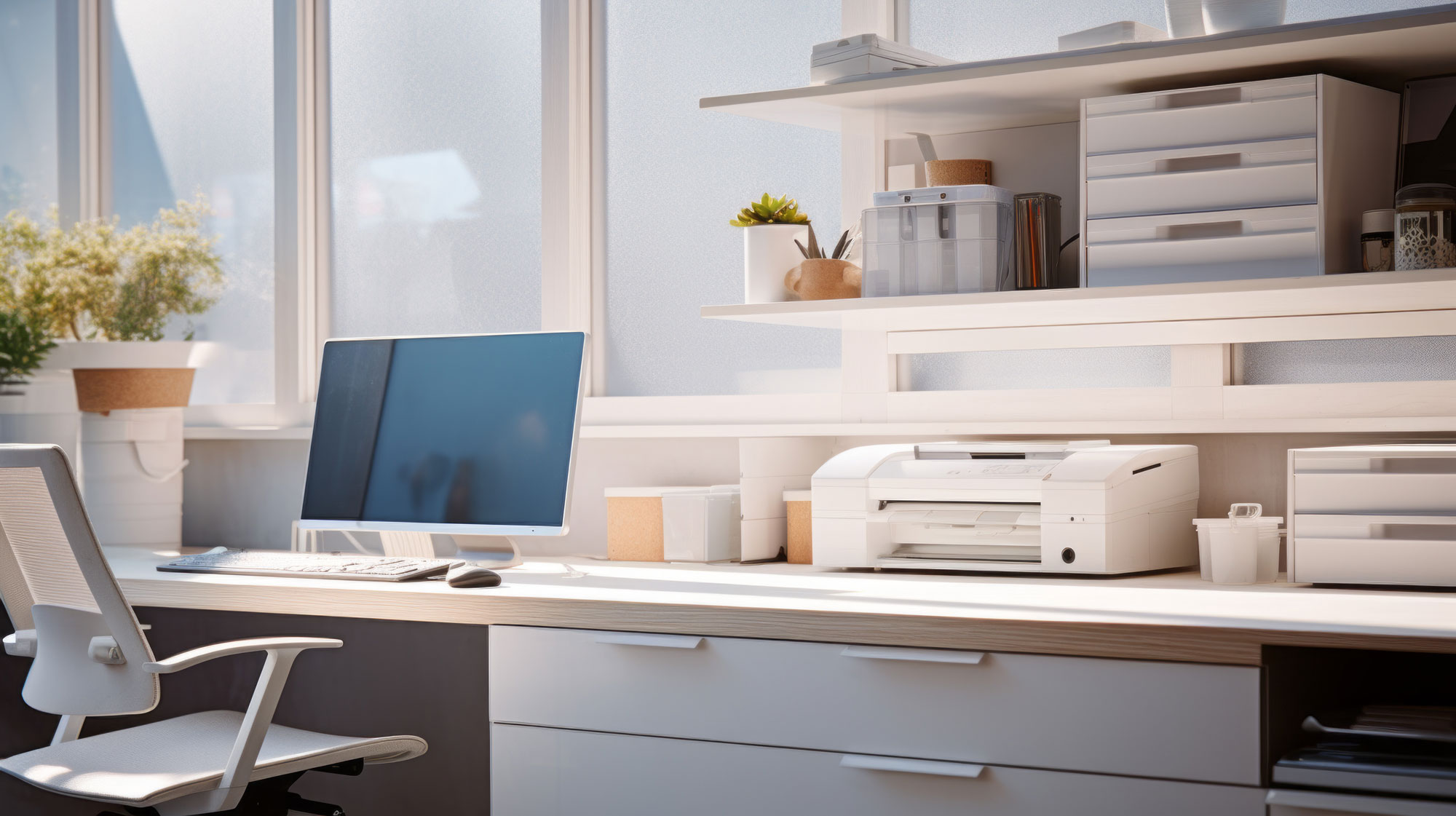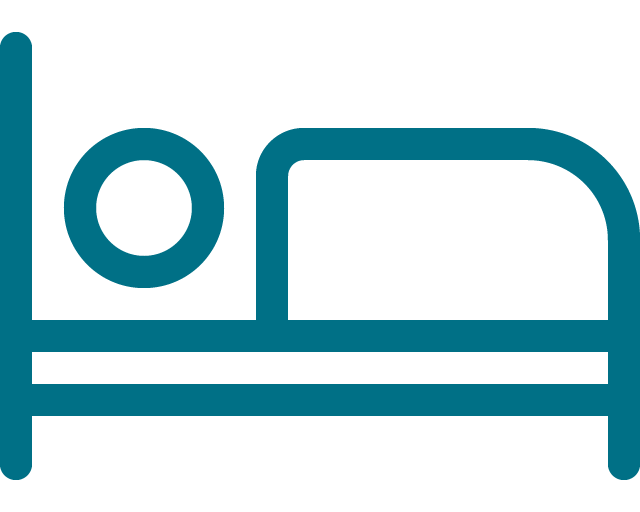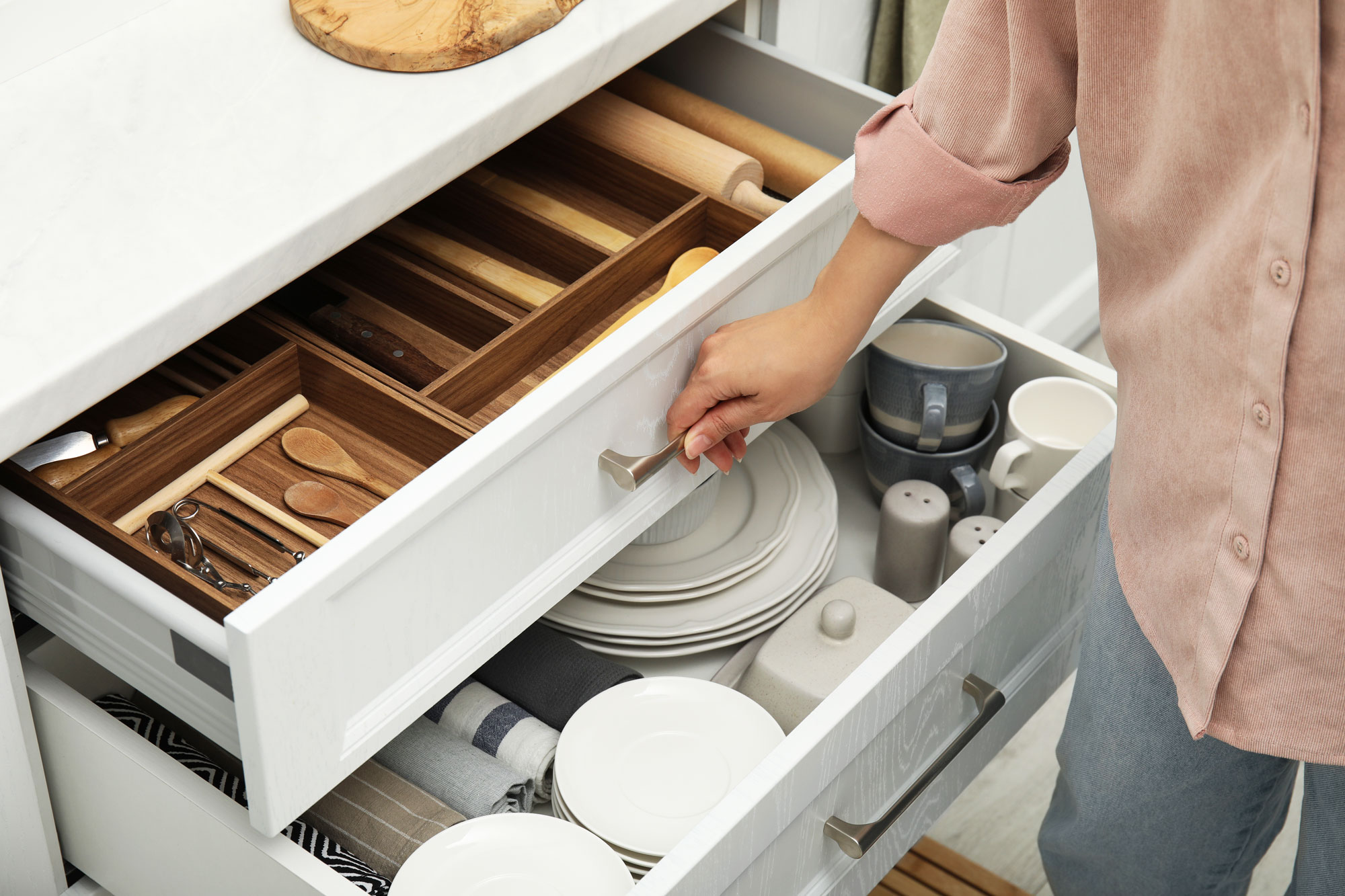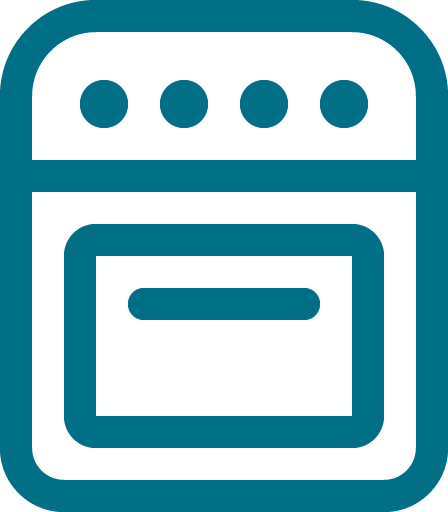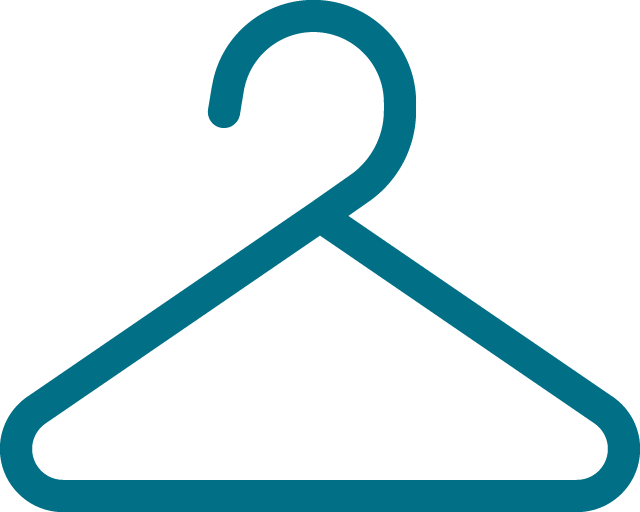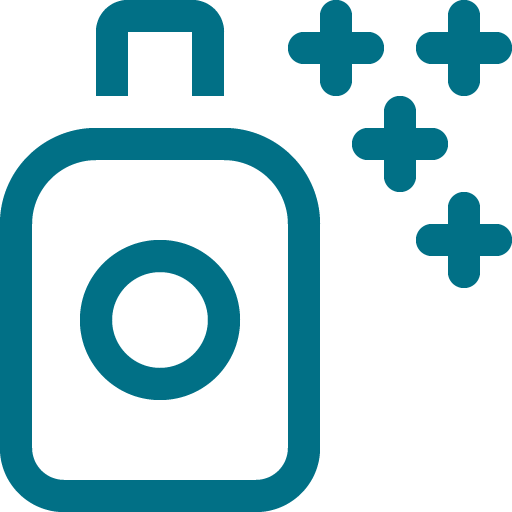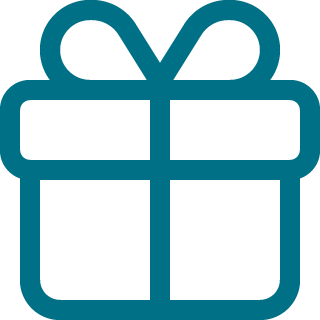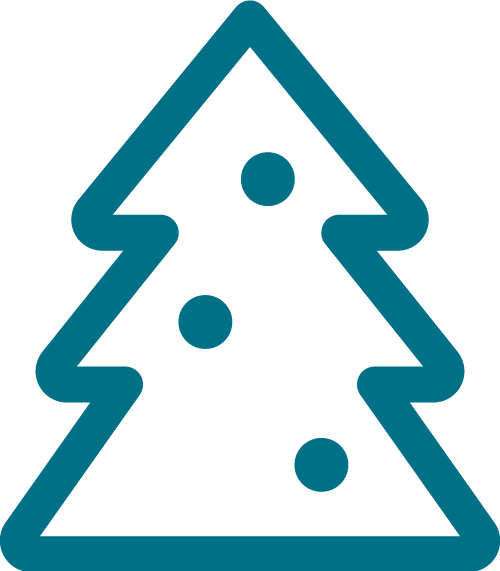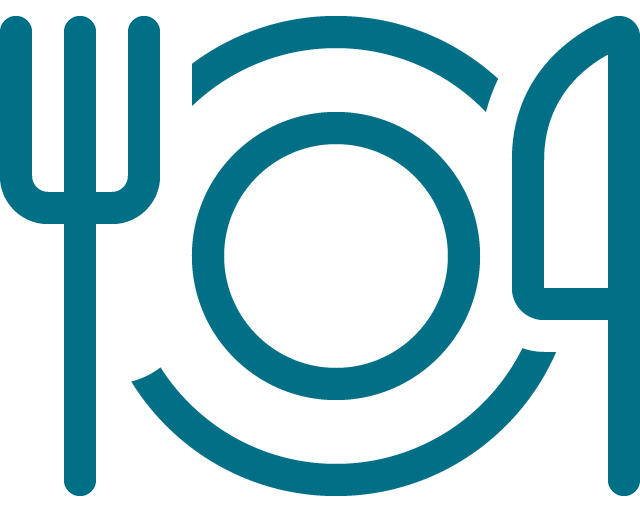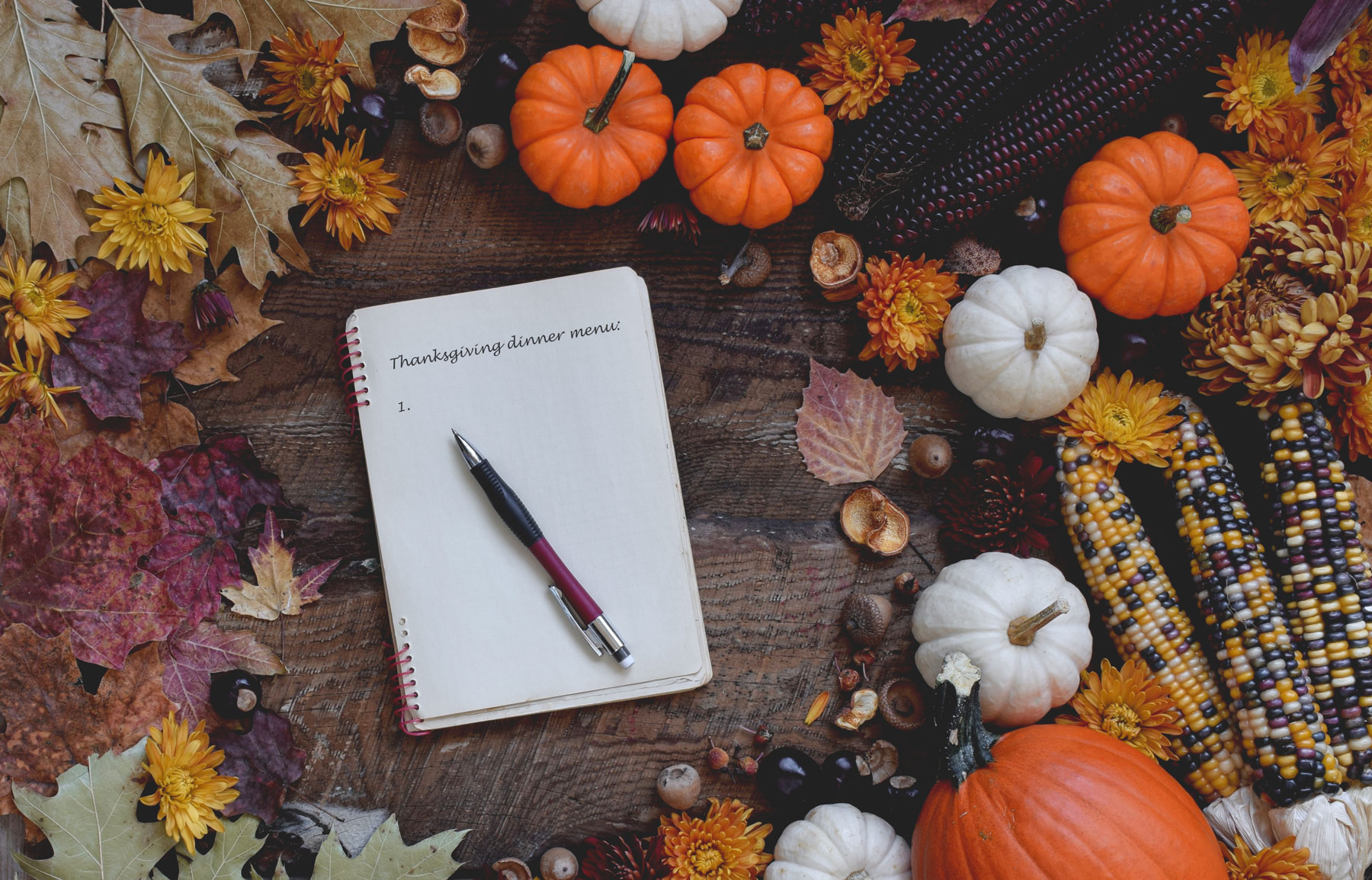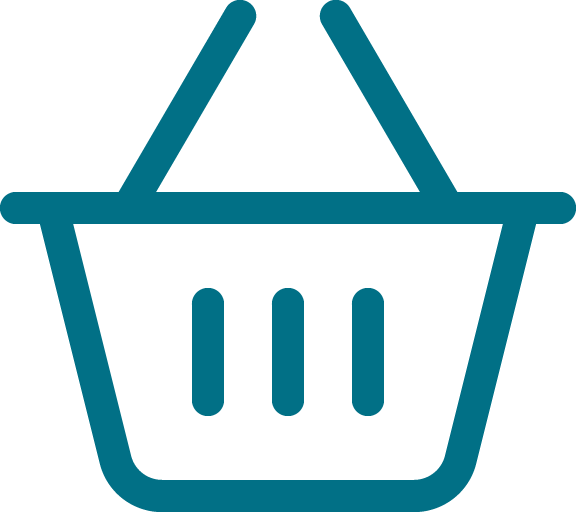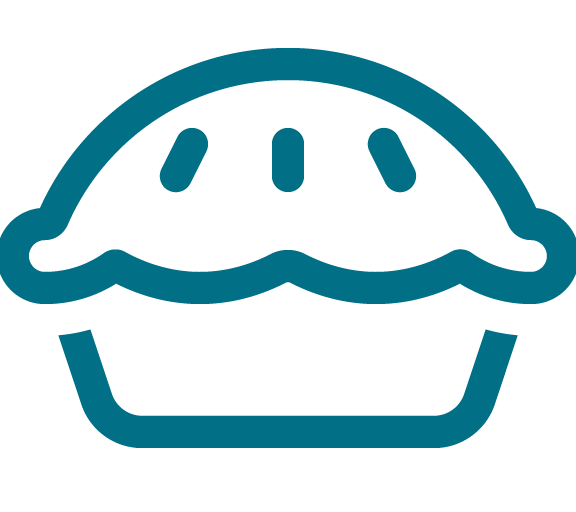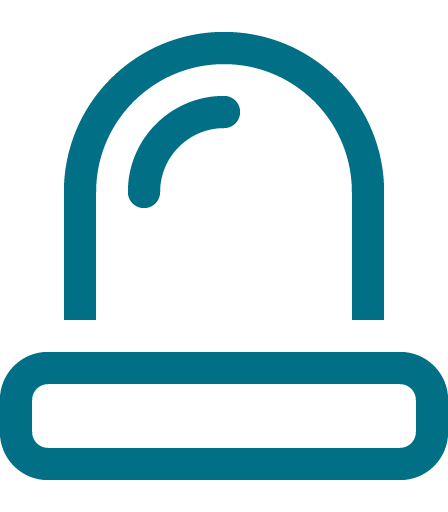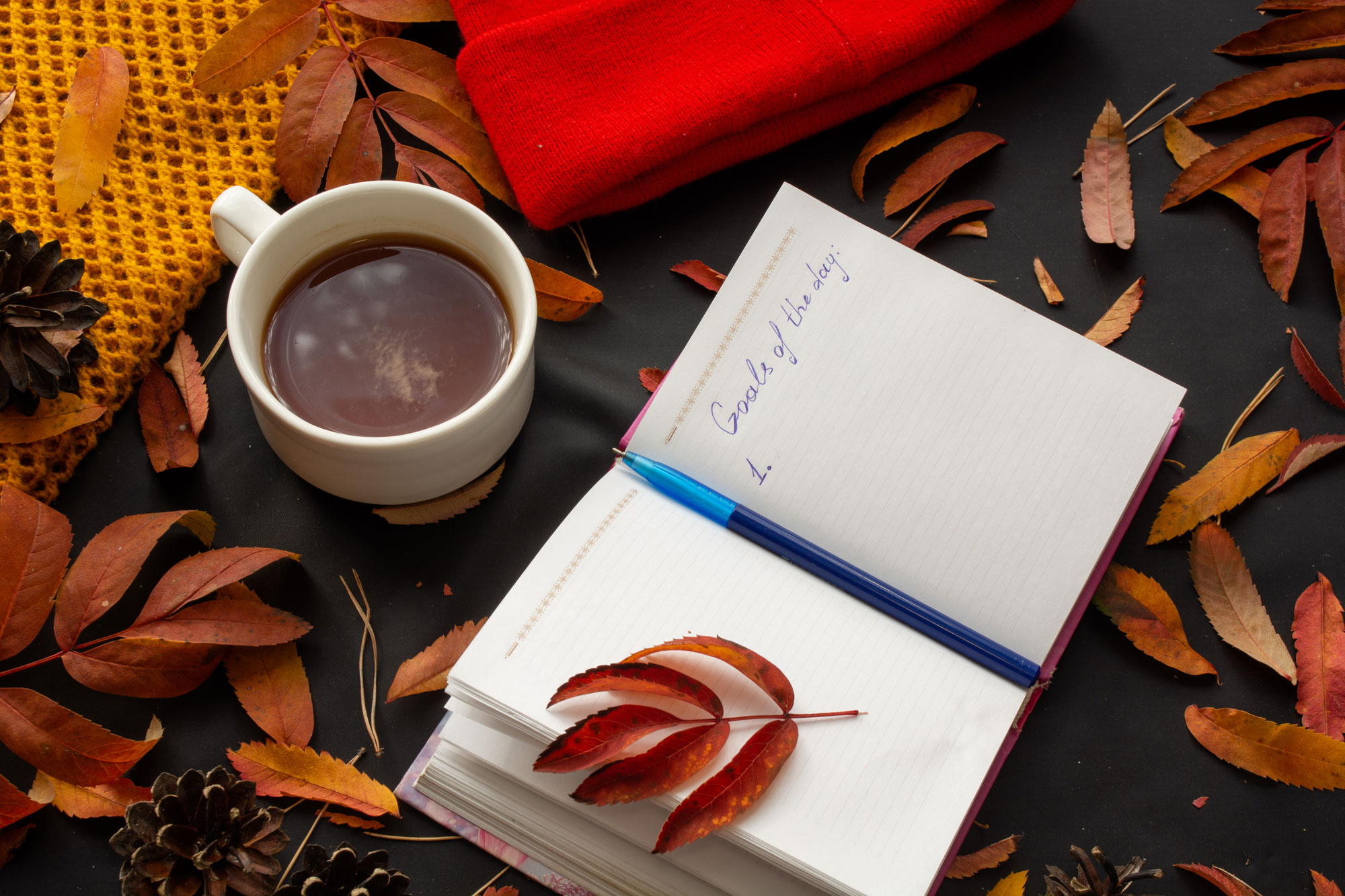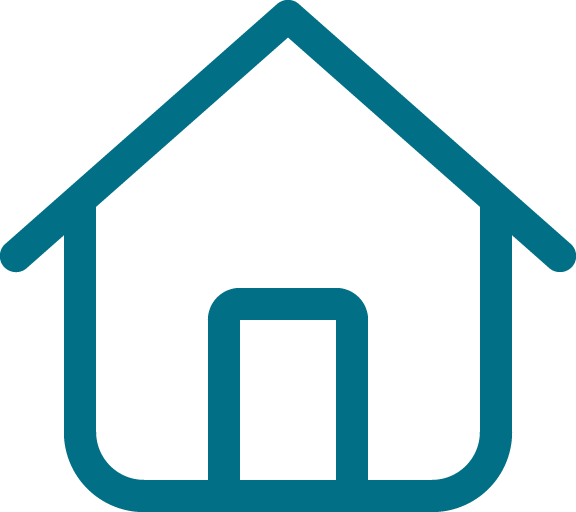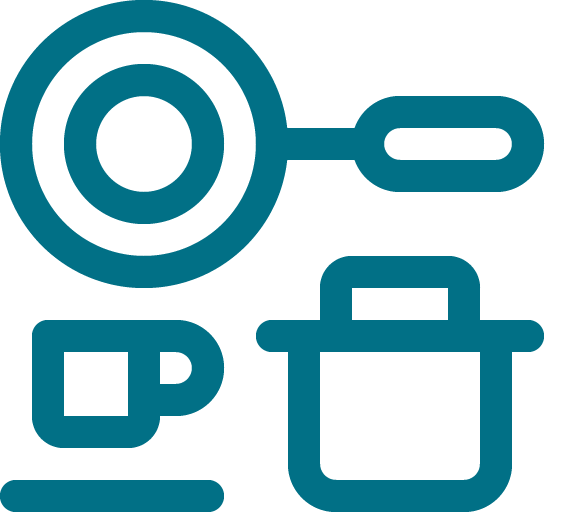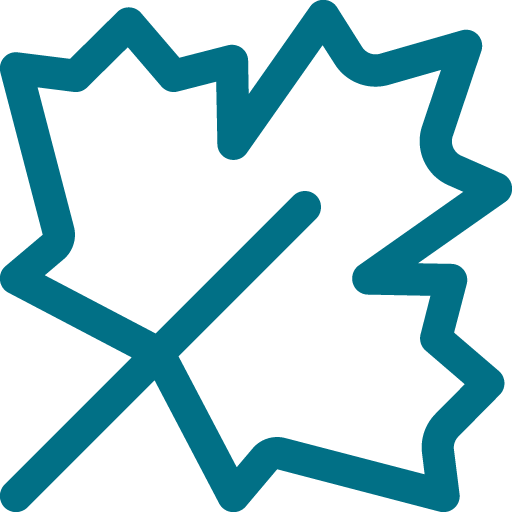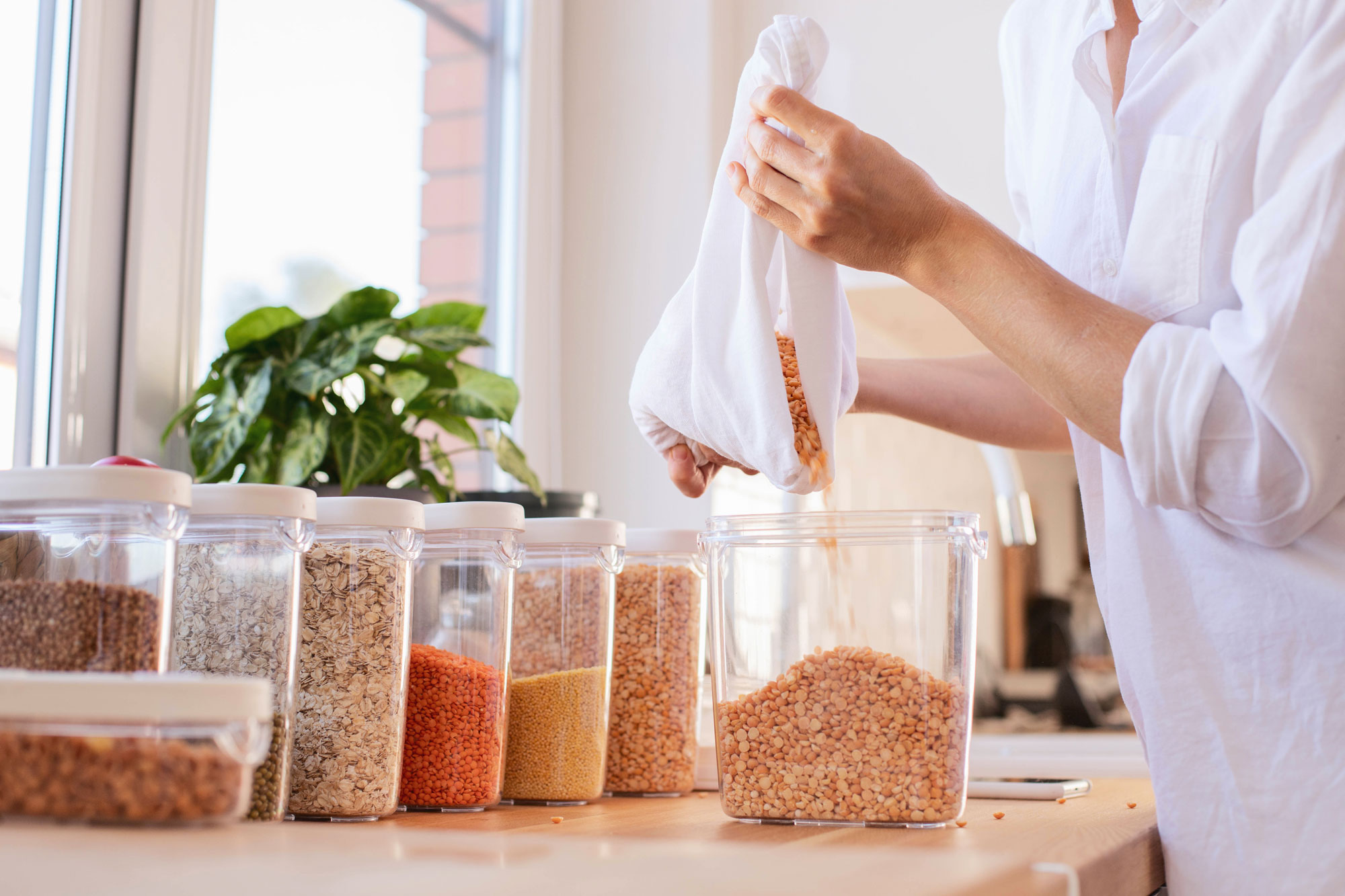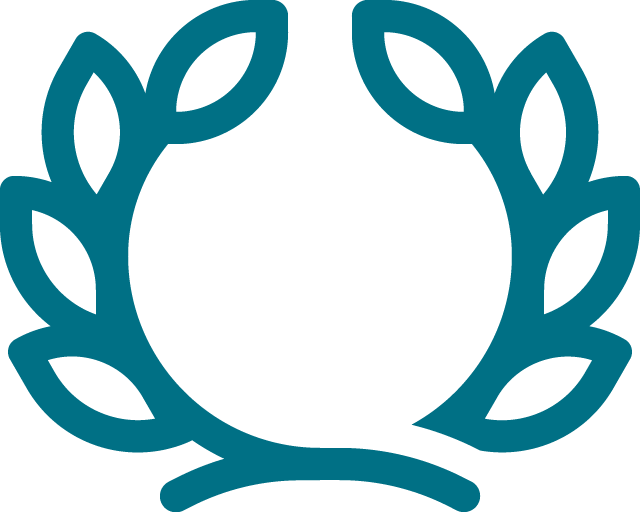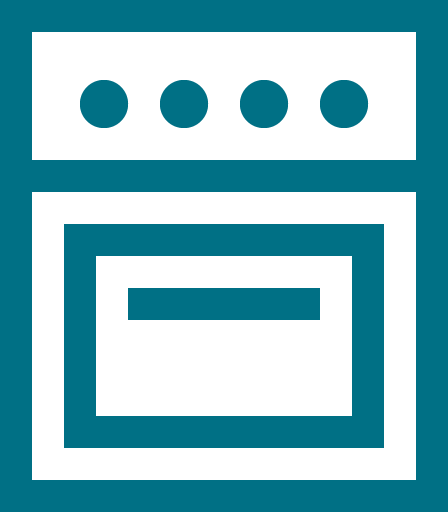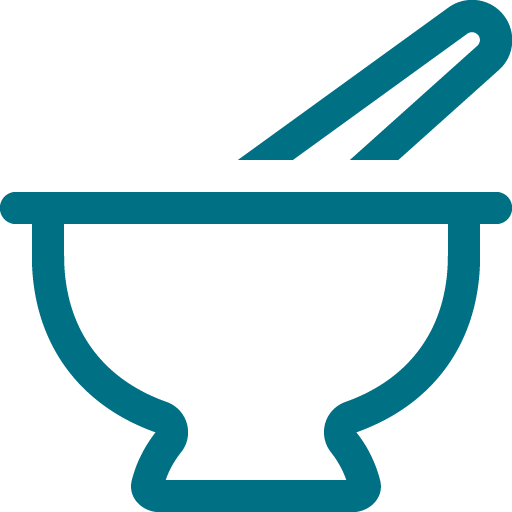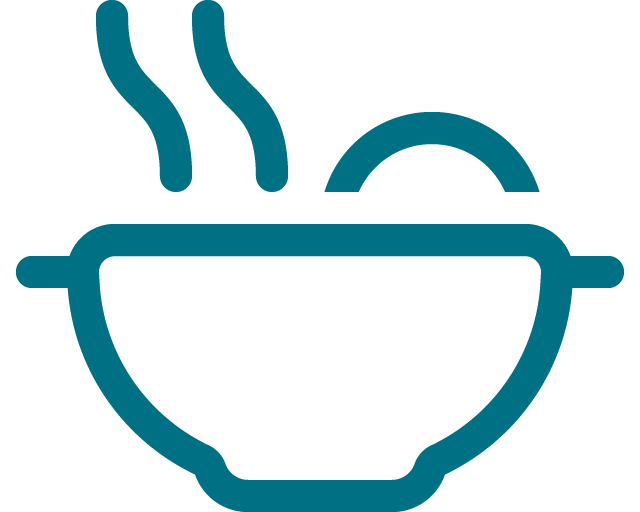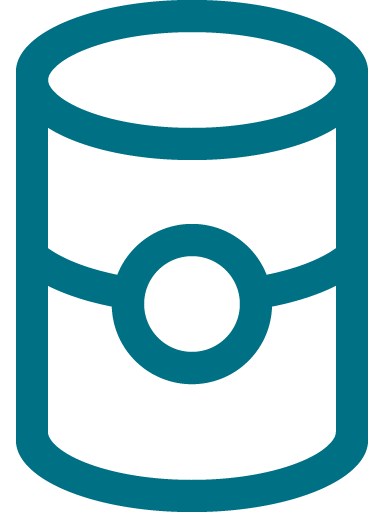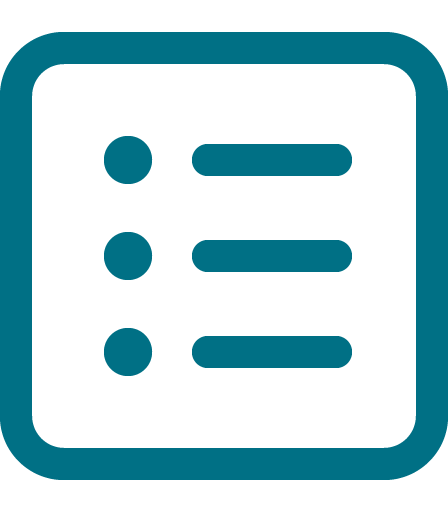
by Jayme Radomski | Jun 11, 2024 | Money & Paper Management, Organizing, Travel, Wardrobe
Planning a family trip can be exciting but requires careful organization to ensure everything runs smoothly. Here are some ways to organize for a successful family trip this summer:
Budget Planning: Set a realistic budget for the trip, including accommodation, food, activities, and souvenirs.
Cash and Cards: Carry a mix of cash and credit/debit cards. Inform your bank of travel plans to avoid card blocks.
Expense Tracking: Use an app or a simple notebook to track daily expenses and stay within budget.
Passports and IDs: Ensure all passports and IDs are up-to-date and valid for the duration of the trip.
Tickets and Reservations: Book flights, trains, or other transportation. Confirm hotel or rental accommodations and print or save digital copies of all reservations.
Travel Insurance: Purchase travel insurance that covers health, cancellations, and emergencies.
l
Daily Schedule: Plan a loose itinerary with activities and sightseeing for each day. Include a mix of structured activities and free time.
Tickets and Reservations: Pre-book tickets for popular attractions, tours, and events to avoid long lines and sold-out situations.
Local Research: Research local restaurants, parks, and other points of interest suitable for families.
d
Clothing: Pack appropriate clothing for the weather and planned activities. Include swimwear, casual wear, and a few dressier options if needed.
Essentials: Toiletries, medications, first-aid supplies, and any special items like glasses or contact lenses.
Entertainment and Comfort Items: Bring books, toys, games, and electronics to keep children entertained during travel and downtime.
Car Rentals and Public Transport: Arrange for car rentals if necessary and research local public transportation options.
GPS and Maps: Ensure your phone’s GPS is functional, and consider downloading offline maps. Bring physical maps as a backup.
Parking and Directions: Look up parking options at your destination and note directions to key places.
Medical Needs: Pack any necessary prescription medications and basic first aid supplies. Check if vaccinations are needed.
Safety Precautions: Make sure everyone is aware of basic safety rules for traveling, such as staying together and not talking to strangers.
Emergency Contacts: Keep a list of emergency contacts, including local emergency numbers and contact information for your country’s embassy.
Home Security: Arrange for a neighbor or friend to check on your home, collect mail, and water plants.
Utilities: Set lights on timers, and adjust thermostats for energy efficiency.
Pets: Make arrangements for pet care, through a pet sitter, kennel, or a friend.
By organizing these aspects in advance, you’ll ensure a more enjoyable and stress-free family trip. Plan ahead so your family travel is more relaxing.

by Jayme Radomski | May 21, 2024 | Cleaning, Clutter, Managing Time, Money & Paper Management, Organizing
We have crafted five areas to get your kids organized for the end of the school year. Get your kids involved for organizing and planning for summer break.
The end of the school year is an ideal time for kids to declutter their school supplies. Going through their backpacks, desks, and lockers to remove any old papers, broken items, and unused supplies helps create a fresh start for the next school year. Encourage kids to recycle or donate items they no longer need.
Sorting and storing school supplies for the summer can save time and money when the new school year begins. Labeling bins or boxes for different items such as notebooks, art supplies, and textbooks can make it easier to find them later. This also helps kids learn the importance of organization and responsibility.
Reviewing the school year’s work and reflecting on accomplishments and areas for improvement can be beneficial. This can involve going through graded assignments, reports, and projects to see what they did well and where they can improve. It’s a good opportunity for goal-setting for the next school year.
Keeping kids engaged in learning over the summer can prevent the “summer slide.” Planning educational activities, such as reading lists, science experiments, or museum visits, can keep their minds active. A summer schedule that balances learning with fun activities can help maintain a routine.
Establishing a summer routine can help kids transition smoothly from the structure of the school year to the more relaxed summer months. This routine can include set times for chores, reading, outdoor play, and family activities. A consistent routine helps kids feel secure and can make it easier to return to school in the fall.
These strategies can make the end of the school year a positive and organized experience for kids, setting them up for success in the coming year. Top Shelf Home Organizing is happy to help you organize your home for the summer.

by Jayme Radomski | Apr 8, 2024 | Cleaning, Closets, Clutter, Organizing, Wardrobe
Organizing your closet for spring can be a refreshing way to welcome the season and make it easier to find your favorite clothes. An organized closet will help you rediscover your spring and summer wardrobe, and help you plan for any new clothing purchases you may need to make. Here are six tips to help you get started:
Begin by going through your clothes and accessories to declutter. Get rid of items that you no longer wear or need. Consider donating or selling items that are in good condition but no longer serve you. This step will help create more space in your closet for the items you love.
As you transition from winter to spring, store away heavy coats, sweaters, and other winter-specific items that you won’t need for the warmer months. This will free up space for lighter clothing such as dresses, shorts, and T-shirts. Consider using storage bins or vacuum-sealed bags to keep off-season items organized and protected.
Organize your clothing by category to make it easier to find what you need. You can group items such as tops, bottoms, dresses, and outerwear together. Within each category, you can further organize by color or type (e.g., sleeveless tops, long-sleeve shirts). This system will help you quickly locate specific items when getting dressed.
Make the most of your closet space by using storage solutions such as hanging organizers, shelves, and shoe racks. Utilize vertical space by installing hooks or hanging rods for accessories like scarves, belts, and purses. Consider investing in slim hangers to save space and keep clothes from slipping off.
Establish a routine for maintaining your organized closet. Set aside time each month to go through your clothes and accessories, removing items that no longer serve you and tidying up the space. This will help prevent clutter from accumulating and make it easier to keep your closet organized year-round.
Make your closet feel inviting and inspiring by adding personal touches such as decorative bins, artwork, or motivational quotes. Consider incorporating elements that reflect your personal style and make you feel good when you enter the space. A visually appealing closet can make the process of getting dressed more enjoyable.
By following these spring closet organizing tips, you can create a functional and stylish space that makes it easy to access your favorite clothes and accessories throughout the season. If organizing your clothes closet brings anxiety, Top Shelf Home Organizing would love to help. Organizing closets is our favorite space. Contact Jayme to chat about your closet.

by Jayme Radomski | Mar 12, 2024 | Travel
In addition to packing and making travel arrangements, preparing your home is also an important part of travel. Preparing your house for an extended vacation is crucial to ensure its security, safety, and proper maintenance while you’re away. Here is a checklist to help you prepare:
Lock all doors and windows securely.
Consider installing deadbolts or additional locks for added security.
Check for any weak points in locks or windows and repair them.
Put a hold on your mail and newspaper delivery or arrange for a neighbor to collect them.
Cancel any regular deliveries you receive.
Install timers on lights inside and outside your home to give the appearance that someone is there.
Set timers to mimic your usual patterns of turning lights on and off.
Unplug non-essential appliances and electronic devices to prevent any potential electrical hazards.
This also helps save energy while you’re away.
Adjust your thermostat to a suitable temperature to save energy but ensure it’s not too extreme to protect items like plants, pets, and certain electronic devices.
Alternatively, consider investing in a programmable thermostat that you can control remotely.
Turn water heater temperature down.
If you have pets, arrange for a pet sitter, boarding, or a trusted friend or family member to take care of them.
Ensure they have enough food, water, and any necessary medication.
If you have a security system, inform the company of your vacation plans.
Provide them with emergency contact information.
Store valuables such as jewelry, important documents, and small electronics in a safe deposit box or a secure location within your home.
Arrange for someone to mow your lawn or shovel snow if needed to maintain the appearance of an occupied home.
Shut off the main water supply to prevent any potential leaks or flooding while you’re away.
Check for any potential hazards such as gas leaks, faulty electrical wiring, or plumbing issues and address them before leaving.
Inform trusted neighbors about your vacation plans. They can keep an eye on your property and notify you of any suspicious activity.
Police departments may offer courtesy visits to check on your property.
Backup important files and data from your computer and store them securely.
If you’re traveling internationally, notify your credit card companies to prevent any potential issues with transactions.
Leave emergency contact information with a trusted friend or neighbor in case they need to reach you.
By following this checklist, you can leave your home with peace of mind, knowing that you’ve taken necessary precautions to keep it safe and secure during your extended vacation.
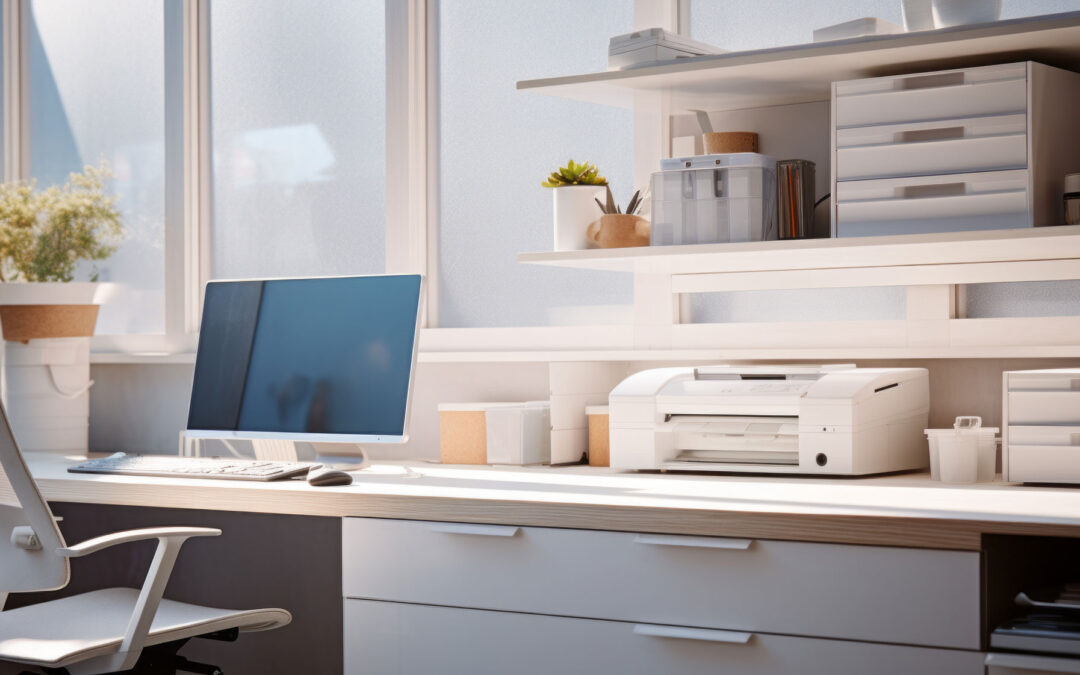
by Jayme Radomski | Feb 12, 2024 | Cleaning, Closets, Digital, Eating & Kitchen, Money & Paper Management, Office, Organizing
Getting organized in February is a great idea as it can set a positive tone for the rest of the year. We love the idea of resetting your home before the warm spring air returns. Here are eight areas to focus on in February:
Declutter and organize your home office. File away paperwork, clean up your desk, and declutter digital files.
Declutter your digital life by organizing your computer files, emails, and apps. Delete unnecessary files and create a system for better organization.
Start organizing your financial documents for tax season. Create a system for keeping track of receipts, invoices, and important documents.
If you decorate for Valentine’s Day, take the time to organize and store those decorations once the holiday is over. Purge the decorations you don’t use.
Check the expiration dates of food items in your pantry and refrigerator. Discard any expired items and organize your shelves.
Straighten up your linen closet. Fold and organize towels and sheets, and discard any worn-out or mismatched items.
Tidy up your bedroom closet by decluttering clothes, shoes, and accessories. Donate or sell items you no longer need.
Sort through your winter wardrobe and donate or store items you won’t be needing for the remainder of the season. Organize coats, scarves, and gloves in a designated area for easy access.
Remember to take it one step at a time, and don’t be afraid to enlist the help of family members or roommates. Setting aside dedicated time each day or weekend can make the process more manageable and less overwhelming. The organizers at Top Shelf Home Organizing are happy to help. Reach out to Jayme for any questions you have on organizing your home and office.
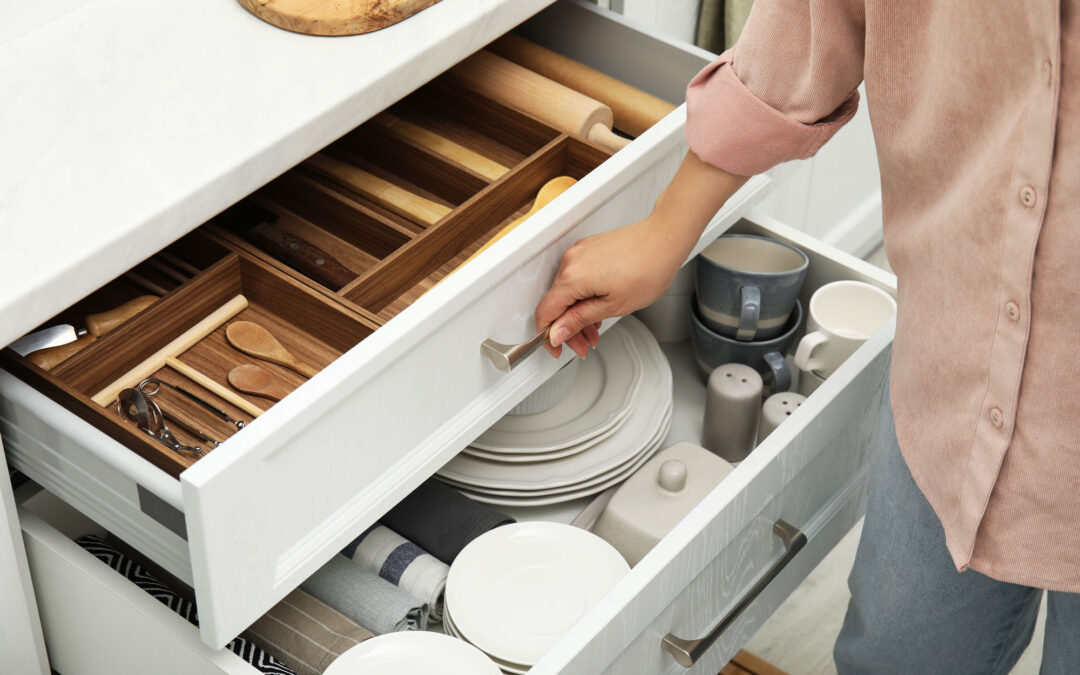
by Jayme Radomski | Jan 8, 2024 | Bathroom, Cleaning, Closets, Clutter, Cooking & Kitchen, Digital, Eating & Kitchen, Office, Organizing, Pantry, Self Care, Bathroom
Organizing your home in January is a great way to start the year fresh and create a more comfortable and efficient living space. Here are some suggestions for areas you might consider organizing. Choose one or two impactful areas to start.
- Declutter by removing items that don’t belong or that you no longer need.
- Clean and organize entertainment centers, shelves, and tables. Wipe furniture down while it’s emptied.
- Clean out your pantry and discard expired items. Plan your meals based on remaining items.
- Organize kitchen cabinets and drawers. Consider using containers for loose items if it makes sense.
- Wipe down and clean appliances.
-
Rotate and flip your mattress.
-
Launder and store seasonal bedding and clothing.
-
Declutter bedside tables and dressers.
- Go through your clothes and donate or sell items you no longer wear.
- Organize clothes by category (e.g., shirts, pants, dresses) and color.
- Consider investing in storage solutions like bins, baskets, or closet organizers after you have gone through your clothes.
- Dispose of expired medications, toiletries, and beauty products.
- Remove products you do not like. Donate unopened items you do not want.
- Organize cabinets and drawers, using containers or dividers.
- Wipe down cabinets and drawers for a fresh start.
- Scrub toilets and showers.
n
- Declutter your workspace. Remove unnecessary items.
- Organize cables and cords.
- Clean your computer and backup important files.
i
- Sort through important documents. File or scan items you need. Shred or recycle documents you don’t need.
- Set up an organized filing system for unopened mail, bills to pay, items to file and items to do. It is also good to have a tax file where you can dump any items you will need for preparing your taxes.
- Clean up your computer desktop and organize files.
- Back up important digital files and photos.
- Clear unused apps from your smartphone.
- Dust and clean all surfaces.
- Clean windows and curtains.
- Deep clean carpets, rugs, and upholstery.
Remember to set realistic goals and take it one step at a time. Breaking down the tasks into smaller, manageable steps can make the process less overwhelming. Consider involving other members of your household to make it a collaborative effort. Join an on-line decluttering group such as 30-Day Declutter Challenge to keep you motivated and accountable.
Being organized is a process, and it’s important to approach it at a pace that feels comfortable for you. Start small, plan one event at a time and develop systems to maintain organization. Gradually, you’ll experience the positive impact and being organized will come naturally. If organizing is daunting task, the professional organizers at Top Shelf Home Organizers are happy to help. Contact Jayme for a consultation.
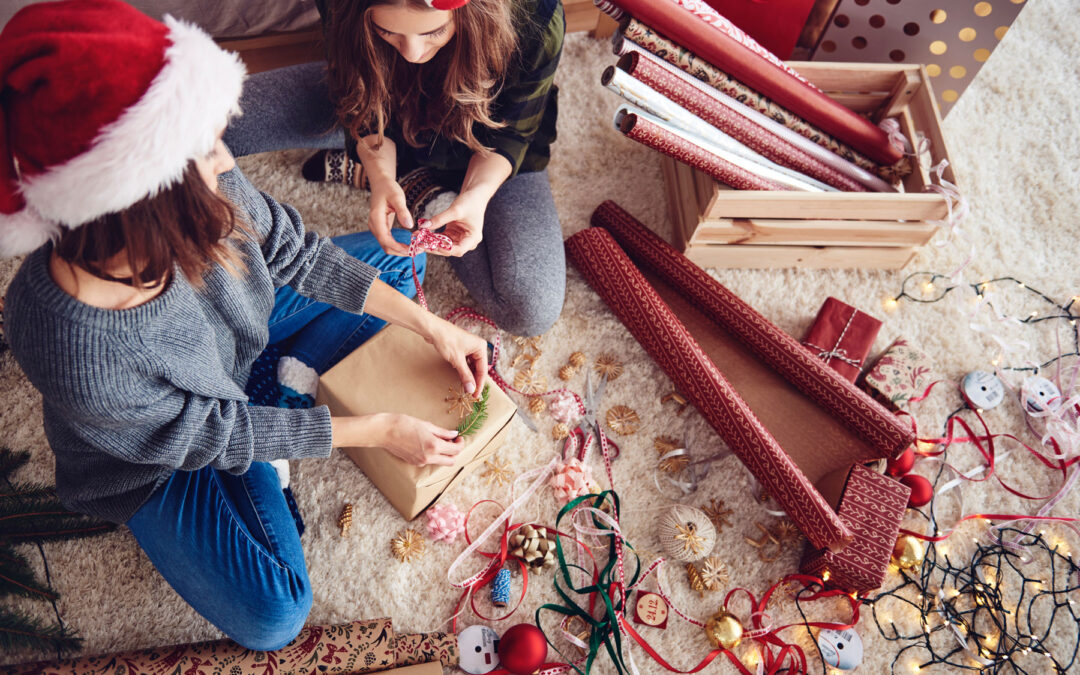
by Jayme Radomski | Dec 11, 2023 | Cleaning, Clutter, Cooking & Kitchen, Eating & Kitchen, Organizing
Organizing certain aspects of your life before Christmas can help ensure a smoother and more enjoyable holiday season. Here are six things you might want to consider organizing right before Christmas.
- Make a list of people you need to buy gifts for.
- Set a budget for each person.
- Purchase or make the gifts well in advance.
- Set aside time for wrapping presents. Organize wrapping paper, ribbons, and tags.
- Check your holiday decorations and assess if anything needs to be replaced or replenished.
- Organize decorations by theme or room.
- Set a day to decorate your home, involving family members if possible.
- Plan your Christmas menu, considering dietary restrictions and preferences.
- Create a shopping list for all the ingredients you’ll need.
- If you’re hosting a gathering, organize seating arrangements and any potluck contributions from guests.
- If you’ll be traveling for the holidays, organize your travel plans well in advance.
- Confirm reservations for accommodations, flights, or any other transportation.
- Make a packing list to ensure you have everything you need.
- Plan a deep cleaning of your home before the holiday season.
- Declutter common areas and guest spaces to create a welcoming environment.
- Ensure that necessary cleaning supplies are on hand.
- Create a shared family calendar to keep everyone informed about holiday events and commitments.
- Coordinate schedules for family gatherings, parties, and other festive activities.
- Plan for any special traditions or activities you want to include.
Remember, the key to a stress-free holiday season is preparation. By organizing these aspects of your life before Christmas, you can create a more relaxed and enjoyable atmosphere for yourself and your loved ones.
Remember that being organized is a process, and it’s important to approach it at a pace that feels comfortable for you. Start small, plan one event at a time and develop systems to maintain organization. Gradually, you’ll experience the positive impact and being organized will come naturally. If organizing is daunting task, the professional organizers at Top Shelf Home Organizers are happy to help. Contact Jayme for a consultation.
by Jayme Radomski | Nov 13, 2023 | Cleaning, Closets, Cooking & Kitchen, Eating & Kitchen, Gratitude, Organizing, Pantry
Are you hosting Thanksgiving this season? Are you helping a loved one put on the feast? We have brainstormed ten things to get organized right before Thanksgiving.
Finalize your Thanksgiving menu, including appetizers, main courses, side dishes, and desserts.
Make a list of all the ingredients you’ll need.
Create a detailed shopping list based on your menu.
Shop for non-perishable items a few days in advance and perishable items a day or two before Thanksgiving.
If you have a frozen turkey, calculate the thawing time and start thawing it in the refrigerator in advance.
Complete as much prep work as possible in the days leading up to Thanksgiving.
Chop vegetables, make pie crusts, and prepare any dishes that can be stored in the refrigerator until cooking.
Ensure your kitchen is clean and organized before the cooking frenzy begins.
Empty the dishwasher, clean surfaces, and organize utensils and cookware.
Set the table a day or two before Thanksgiving.
Ensure you have enough place settings, napkins, and any special decorations you want to include.
Create a cooking schedule for Thanksgiving day.
Assign specific times for cooking each dish to ensure everything is ready at the same time.
Confirm that all your cooking equipment, such as the oven, stovetop, and kitchen appliances, is in good working order.
Clean and organize common areas where guests will gather.
Set up a designated area for coats and bags.
Have a backup plan in case something goes wrong.
Know where to find local takeout options or have a few simple backup dishes that can be prepared quickly.
By organizing these aspects before Thanksgiving, you’ll be better prepared to enjoy the holiday with your people.
Remember that being organized is a process, and it’s important to approach it at a pace that feels comfortable for you. Start small, plan one event at a time and develop systems to maintain organization. Gradually, you’ll experience the positive impact and being organized will come naturally. If organizing is daunting task, the professional organizers at Top Shelf Home Organizers are happy to help. Contact Jayme for a consultation.
by Jayme Radomski | Oct 8, 2023 | Cleaning, Closets, Organizing, Wardrobe
Organizing your home for fall can help you transition smoothly into the new season and create a cozy, comfortable atmosphere. With fall being a busy season, Top Shelf Home Organizing created a simple list of five areas to organize your home.
Start by going through your wardrobe and transitioning from summer to fall clothing. Pack away lightweight summer clothes and bring out sweaters, jackets, scarves, and boots. Make sure everything is clean and in good condition. Consider donating items you no longer need.
Update your home decor to reflect the fall season. This may include changing out bright summer colors for warmer, autumnal hues, adding cozy throw blankets and pillows, and incorporating fall-themed decorations like pumpkins, leaves, and candles.
Ensure your cold-weather gear is easily accessible. This includes checking your supply of gloves, hats, and scarves, and organizing them in a convenient spot near the front door. You might also want to prepare your snow shovels and salt for winter.
With fall comes a change in culinary preferences. Take the time to organize your pantry, removing any expired items and making room for fall staples like canned soups, pumpkin puree, and spices for hearty meals. Consider creating a meal plan for the season to help you stay organized with your cooking.
Fall is a great time for a deep cleaning of your home. Clean and inspect your heating system, change air filters, and ensure your home is well-insulated to keep it warm during the colder months. Also, clean out your gutters and downspouts to prevent clogs and potential water damage.
Don’t forget about your outdoor spaces. Trim any overgrown bushes or trees, rake leaves, and prepare your garden for the colder months by covering or storing outdoor furniture and equipment.
By tackling these organizing tasks, you can create a comfortable and inviting environment for the fall season while ensuring your home is ready for the changing weather and activities that come with it.
Remember that organizing your home is a process, and it’s important to approach it at a pace that feels comfortable for you. Start small, declutter one area at a time, and develop systems to maintain organization. Gradually, you’ll experience the positive impact it can have on your mental health. If organizing your home is daunting task, the professional organizers at Top Shelf Home Organizers are happy to help. Contact Jayme for a consultation. This article was written in collaboration with our friend, OpenAI.
by Jayme Radomski | Sep 11, 2023 | Cleaning, Cooking & Kitchen, Eating & Kitchen, Organizing, Pantry
Preparing your kitchen for fall can make the transition to the cozier, colder months more enjoyable and efficient. Here are Top Shelf Home Organizing’s simple steps to help you get your kitchen ready for autumn:
Start by giving your kitchen a thorough cleaning. This includes wiping down countertops, cleaning appliances, and scrubbing the floors. Declutter your kitchen by getting rid of items you no longer need or use. Donate or store items that are taking up valuable space.
Check the expiration dates on canned goods and dry goods. Dispose of anything that’s expired. Organize your pantry by grouping similar items together and making a list of what you need for fall recipes. Make a list of pantry essentials you are low on or out of.
Replace any summer-themed kitchen decor with items that have an autumnal feel. Think about adding fall-colored dish towels, tablecloths, and decorative pumpkins or leaves if you desire. Swap out lightweight kitchen towels and potholders for thicker, cozier options to keep you warm while cooking.
Give your oven, stovetop, and microwave a deep clean to ensure they’re ready for more frequent use during the fall cooking season.
If you enjoy baking during the fall, make sure you have all the necessary supplies, including flour, sugar, baking soda, and pie crust ingredients. Make a list of fall-specific ingredients like canned pumpkin, spices (cinnamon, nutmeg, etc.), apples, and root vegetables. Ensure you have these items on hand for fall recipes. Consider having a variety of teas, hot chocolate, and coffee on hand for those chilly fall mornings and evenings.
Check the freshness of your spices and herbs. Replace any that are past their prime. Organize your spices for easy access when you’re cooking.
Dust off your slow cooker and other large pots you use for making soups, stews, and chili. Ensure they’re clean and in good working order.
If you plan to can or preserve fall fruits and vegetables, make sure you have all the necessary canning supplies, such as jars, lids, and a canning pot.
As the days get shorter, consider adding some cozy lighting options to your kitchen. This could be in the form of warm-toned light bulbs or decorative candles.
Plan some fall-inspired meals and recipes to enjoy throughout the season. Having a menu plan can make grocery shopping and meal preparation more organized.
By following these simple steps, you can create a warm and welcoming kitchen environment that’s ready to embrace the flavors and activities of the fall season. Remember organizing your home is a process, and it’s important to approach it at a pace that feels comfortable for you. If organizing your home is daunting task, the professional organizers at Top Shelf Home Organizers are happy to help. Contact Jayme for a consultation. This article was written in collaboration with our friend, OpenAI.




